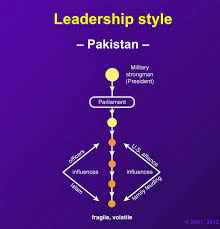Leadership styles of new nation states 2022 Best

For this assignment we will analyze the different leadership styles of new nation states, the programs and policies they adopted (or attempted to adopt), and their significance to the Middle East during the crucial 1920s and ‘30s.
Leadership styles of new nation states
Modernizing States in the Era of World War. Paper details After the First World War, the Ottoman Empire ceased to exist, and its former territories became new nation-states (although some then fell under the sway of Western powers). These included: Iran (under Ahmad Shah Qajar and Reza Shah Pahlavi); Iraq (under Kings Faisal I and Ghazi I); Saudi Arabia (under King Ibn Saud); and Turkey (under Mustafa Kemal Atatürk). Analyze the different leadership styles of these new nation-states, the programs and policies they adopted (or attempted to adopt), and their significance to the Middle East during the crucial 1920s and ‘30s.
Leadership styles of new nation states
What did each of these nation-states hope to accomplish for their nations? What kind of government did each of them set up? How did they operate? Which groups held power, and what—if any—rights did they give their people? How did each of them use media and propaganda to portray themselves, and their failures and successes? What obstacles did each of them face in achieving their goals? What role did Islam play in these new nation-states? https://youtu.be/d_oCEre1NJ0
Leadership styles of new nation states
In what ways did leaders either appeal to (or try to turn away from) Islam as a way to gain political legitimacy and/or create social unity? What role did the Western powers (esp. Britain, France, the US, and the USSR) play in the ability of these nation-states to act independently? How successful (or unsuccessful) were these governments at “steering clear” of Western influence?
Additional Files







